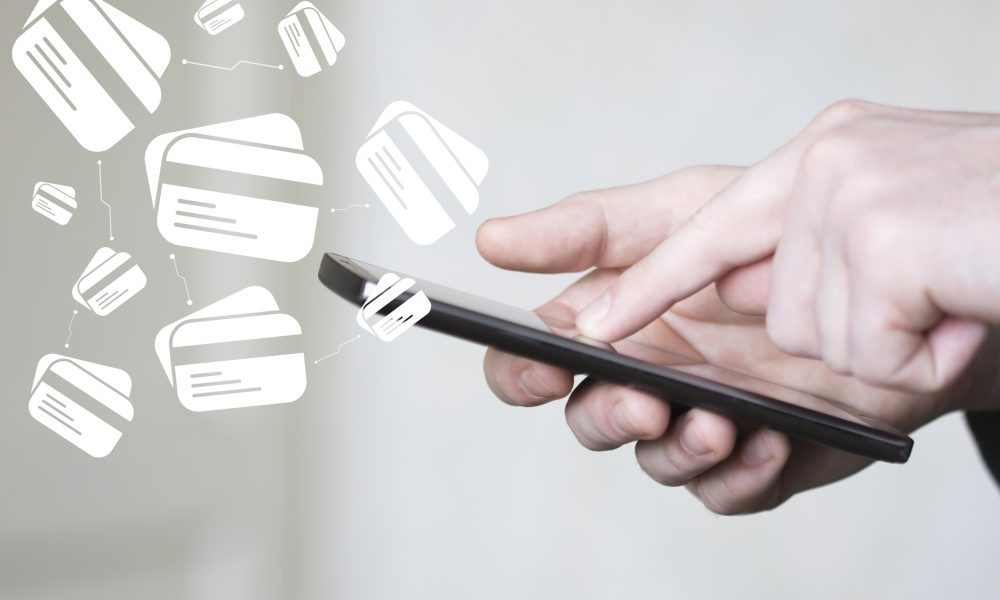Small steps, big profits – Harnessing micro-payments for businesses

The prevalence of the subscription revenue model is undeniable in today’s digital economy. Subscriptions with large upfront commitments deter potential customers, especially for new products or brands. It is where micro-payments enable businesses to earn revenue through flexible, incremental micro-transactions. Micro-payments refer to tiny per-use transactions, often valued under $1. These could be cents spent to read an article, watch a video, tip a creator, use an app feature, or even enable a smart device action. While small in size individually, these micro-payments add up at scale into significant earnings for merchants. The low barrier of tiny one-off purchases makes it easy for users to pay as they go for precisely the content or functionality they want.
For digital media companies like publications and streaming platforms, micro-payment capabilities allow them to monetize casual readers beyond just subscriptions. Consumers pay a few cents to unlock a premium article or to watch a show without committing to a full membership. This ‘snackable’ content model is used by platforms like Blendle, which lets users buy news articles for €0.10-0.39 from brand-name publishers. Similarly, for SaaS companies, micro-payments present a lucrative pathway beyond freemium plans. Software providers charge pennies for extra storage, actions, or features above basic free tiers. It is used by cloud platforms like Microsoft Azure that charge per compute second consumed. Other productivity tools like Canva offer pay-per-use pricing for templates, images, and workflows à la carte.
For mobile gaming apps, in-game micro-payments drive significant revenue from avid gamers beyond just app download fees. By allowing users to buy virtual coins, cosmetic items, boosts, and unlocks in popular titles like Candy Crush or PUBG, developers encourage users to spend more. This freemium approach converts engaged gamers into paying customers, even if starting with just micro-payments. Micropayments are also applicable for digital creators and influencers on social platforms. Direct tipping capabilities allow fans to pay small sums like $1 or $5 to support their favorite YouTube star or Instagram influencer. If you find the need for more details, visit https://www.moneylife365.com/.
- For micro-payments to generate revenue, businesses need capabilities of securely processing online and offline transactions. Traditional payment rails like credit cards often have minimums too high for micro-payments. This is where emerging fintech solutions come in, including.
- Virtual currencies – Cryptocurrencies like Bitcoin and blockchain-based payment channels facilitate frictionless micro-transactions without middlemen.
- Digital wallets – Platforms like PayPal, Apple Pay, and Google Pay enable direct tipping and streamlined mobile micropayments.
- Specialized processors – Payment startups like Coil offer APIs, SDKs, and checkout tools optimized for micro-payments.
- Telco integrations – Partnerships with mobile carriers allow direct-carrier billing for micro-transactions added to user’s phone bills.
The key to implementation is deep integration with internal systems like membership databases, CRM, and analytics tools to sync micro-payment data across customer journeys. User interfaces should make it easy and intuitive to enable micro-payment capabilities, like one-click purchases or seamless paywalls. Micro-payment models do come with challenges, like complex revenue accounting at scale and increased customer support needs. Transparent policies around refunds and cancellations are important, as are clear value propositions communicated to users.
